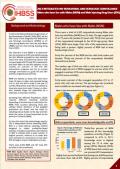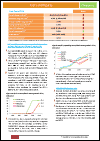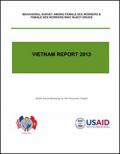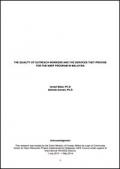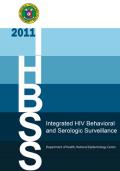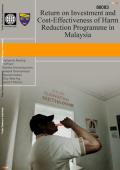Publications on People Who Inject Drugs (PWID)
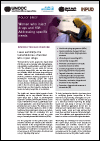
This policy brief aims to promote the realization of gender equality and human rights in terms of an effective harm reduction response to HIV for women who inject drugs in community and prison settings. It outlines a framework to achieve that goal which focuses on improving the availability, accessibility, affordability and acceptability of women-oriented harm reduction interventions. Suggested good practice tools and guidance are also provided.
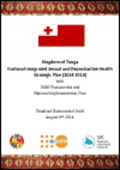
The Pacific Regional Strategy and Implementation Plan 2009-2013, (PRSIP II) has been the backbone of control initiatives in Pacific Islands Countries and Territories (PICTs) in the last five years to mitigate HIV and other STIs. Over the period, several PRSIP related objectives were carried out nationally in Tonga and cross-nationally by regional partners in PICTs. Majority of these interventions were jointly funded by the Response Fund (2009-2013) and Global Fund Round 7 (2008-2013).
